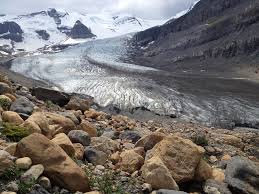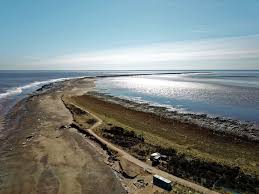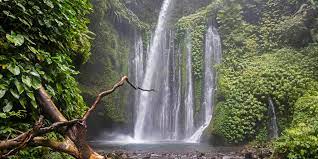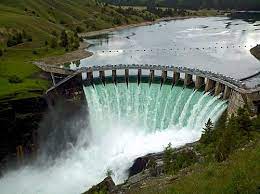Carbon Dioxide
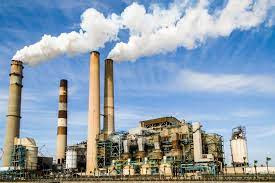
"Carbon Dioxide: The Climate Challenge" Carbon dioxide, often abbreviated as CO2, is a colorless, odorless gas composed of two oxygen atoms bonded to a single carbon atom. It is a naturally occurring compound found in the Earth's atmosphere, where it plays a crucial role in regulating the planet's temperature and supporting life. Here is a more detailed description of carbon dioxide: Chemical Composition: Carbon dioxide is a simple chemical compound with the molecular formula CO2. It consists of one carbon (C) atom covalently bonded to two oxygen (O) atoms. Natural Occurrence: CO2 is naturally present in the Earth's atmosphere, typically making up about 0.04% of the air we breathe. It is also a component of the carbon cycle and is released into the atmosphere through natural processes such as respiration, volcanic eruptions, and decomposition of organic matter. Greenhouse Gas: ...
